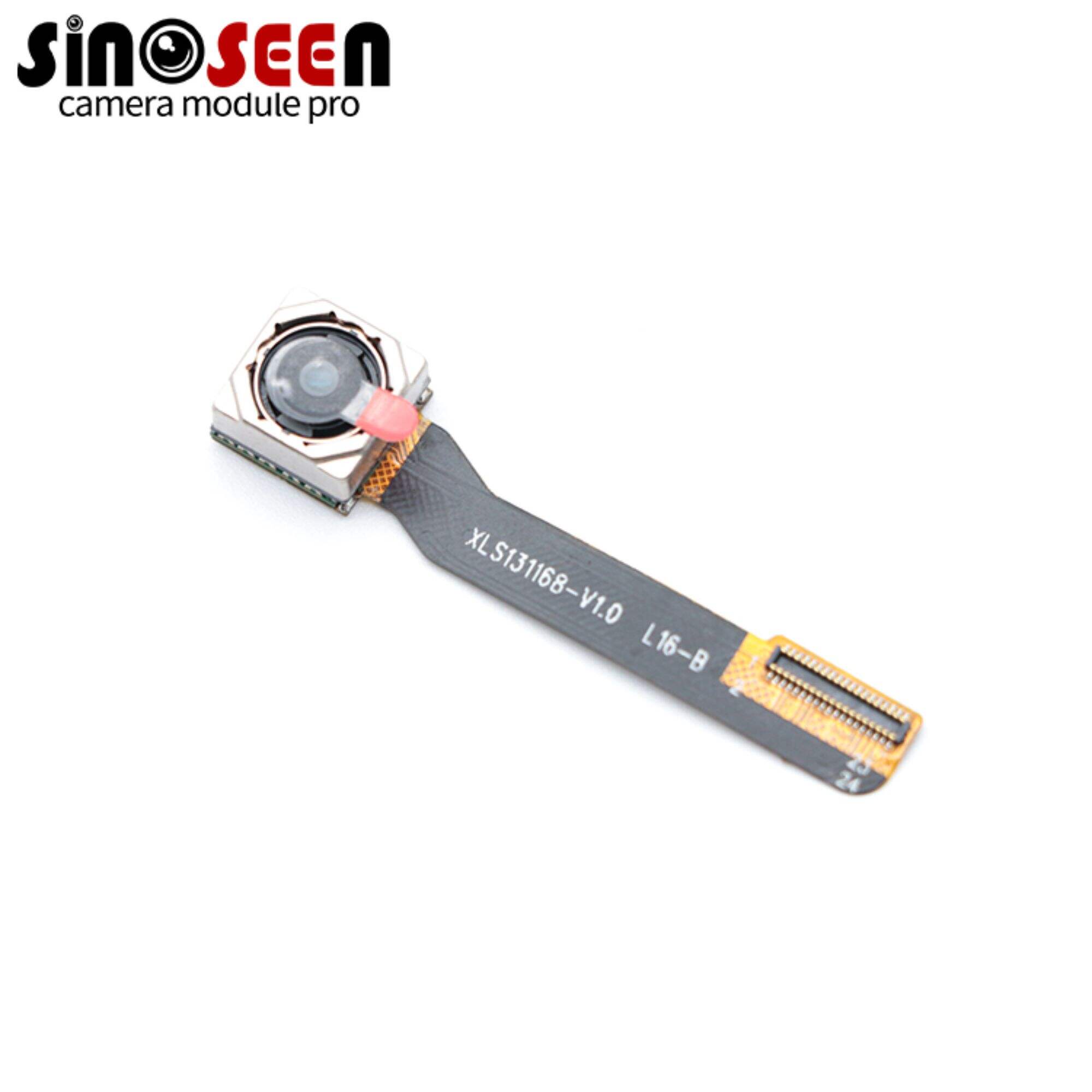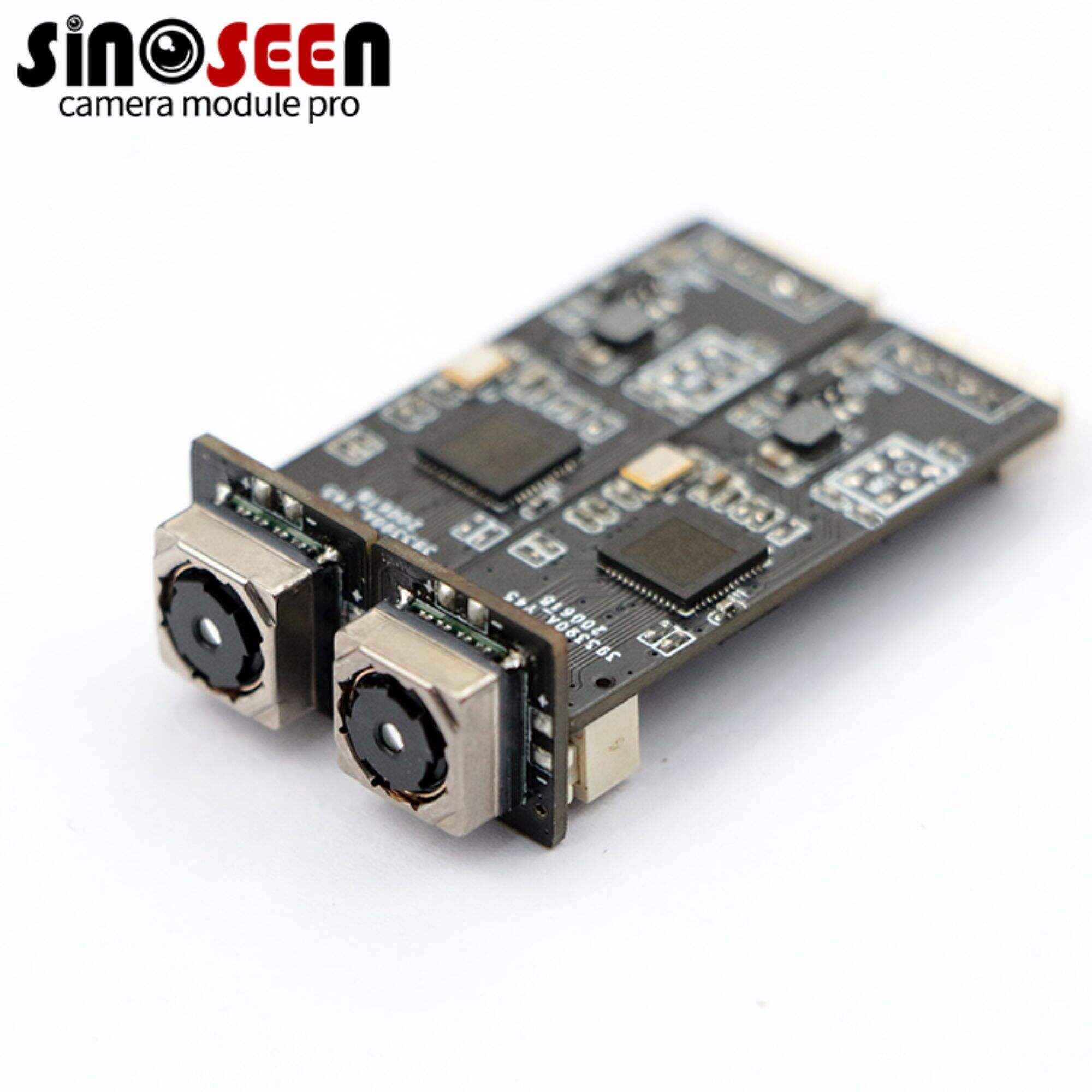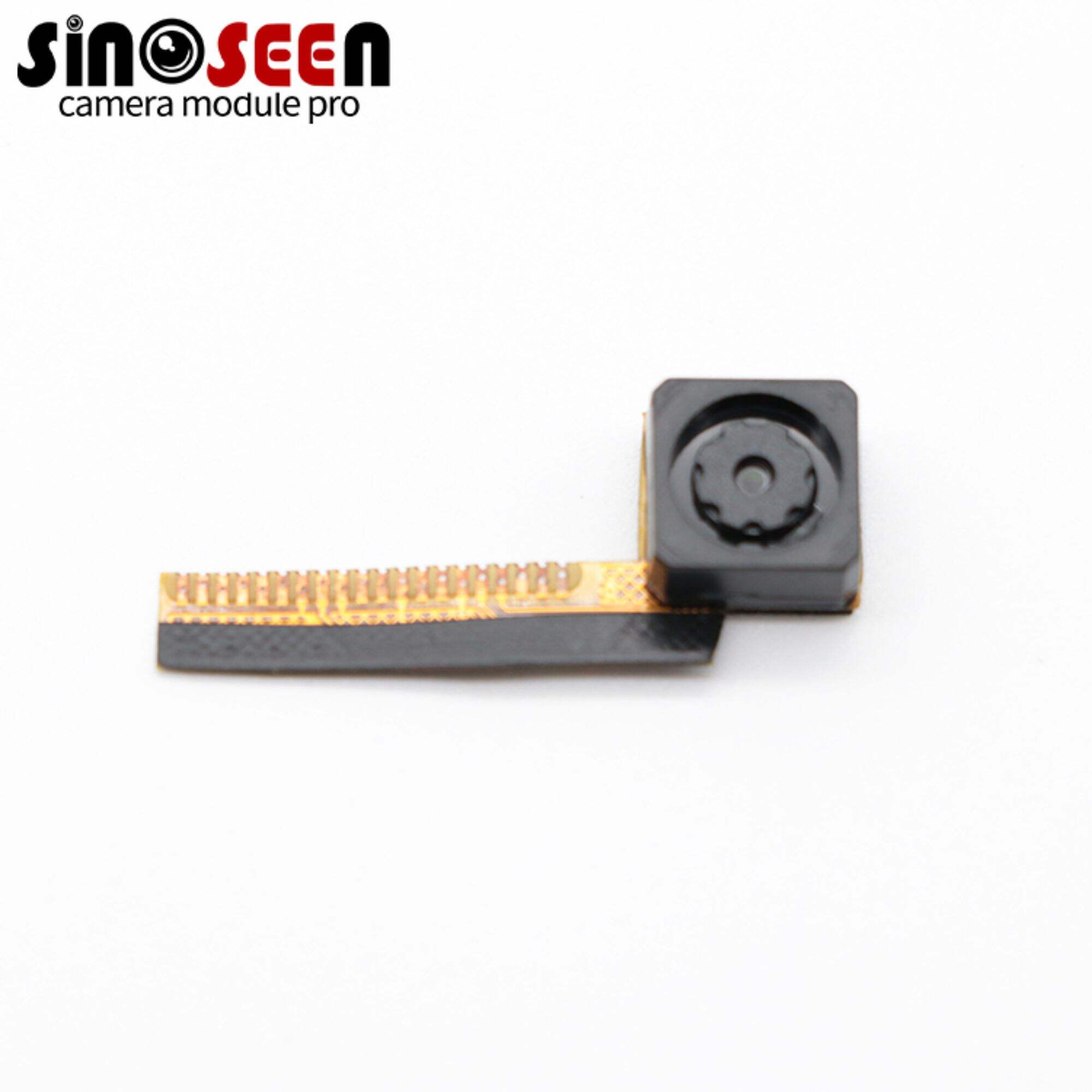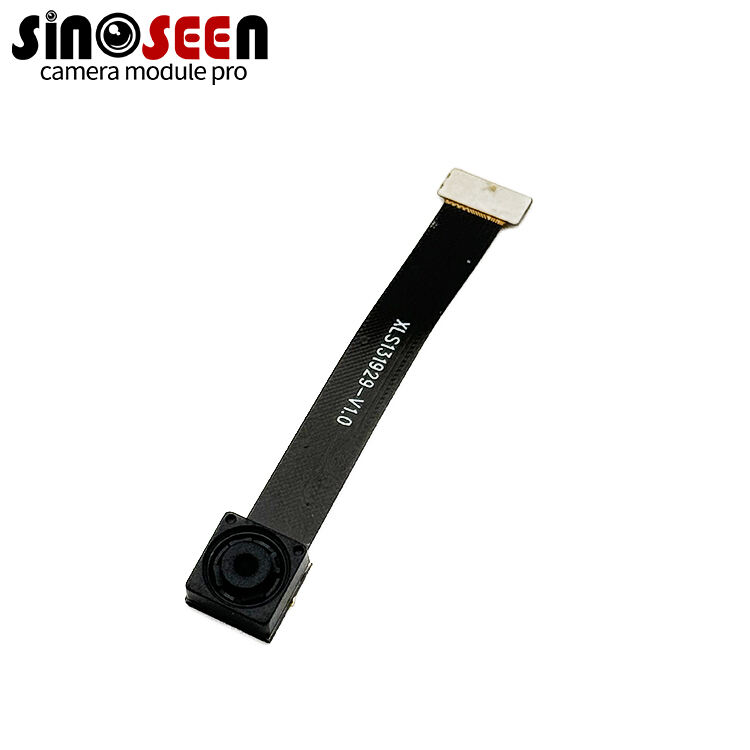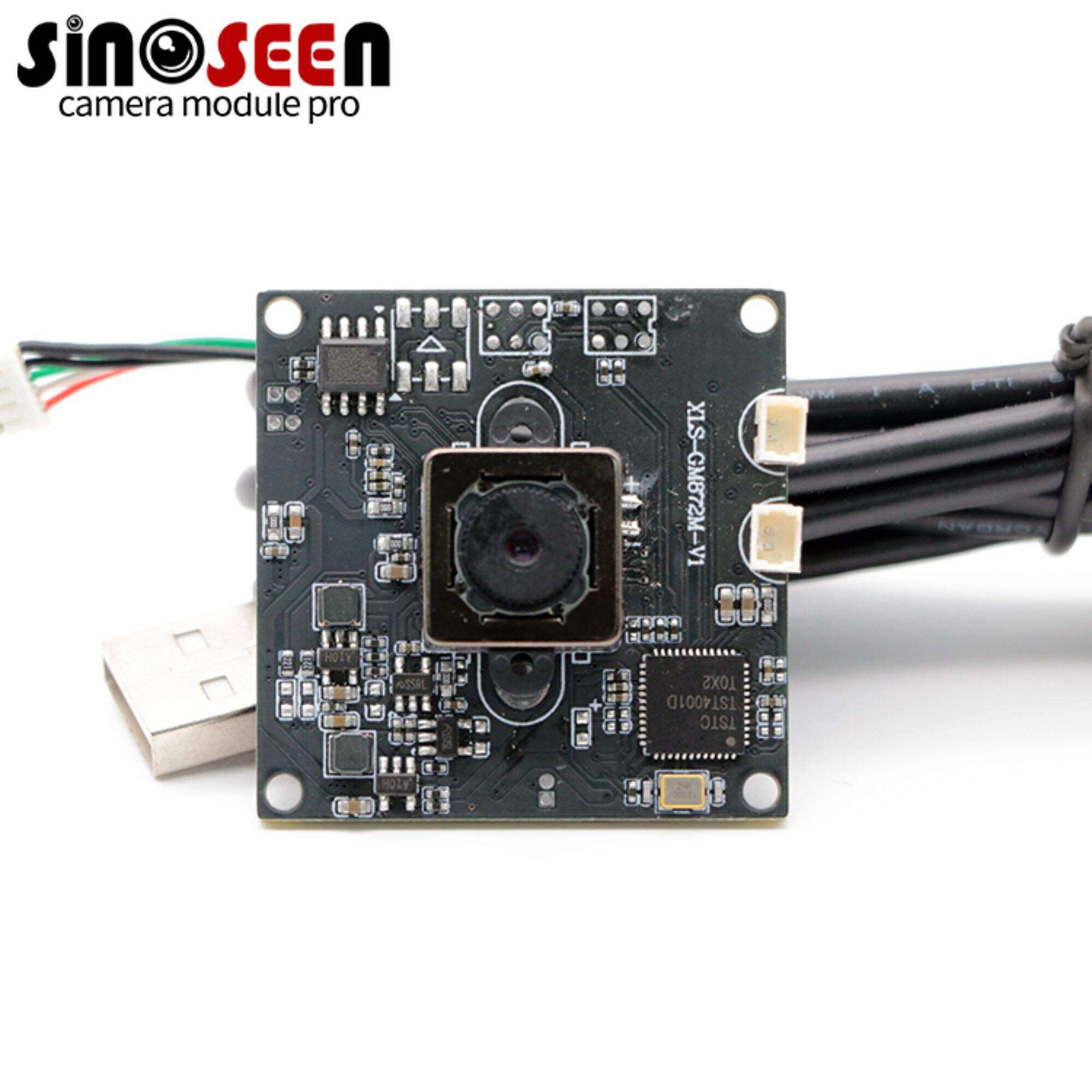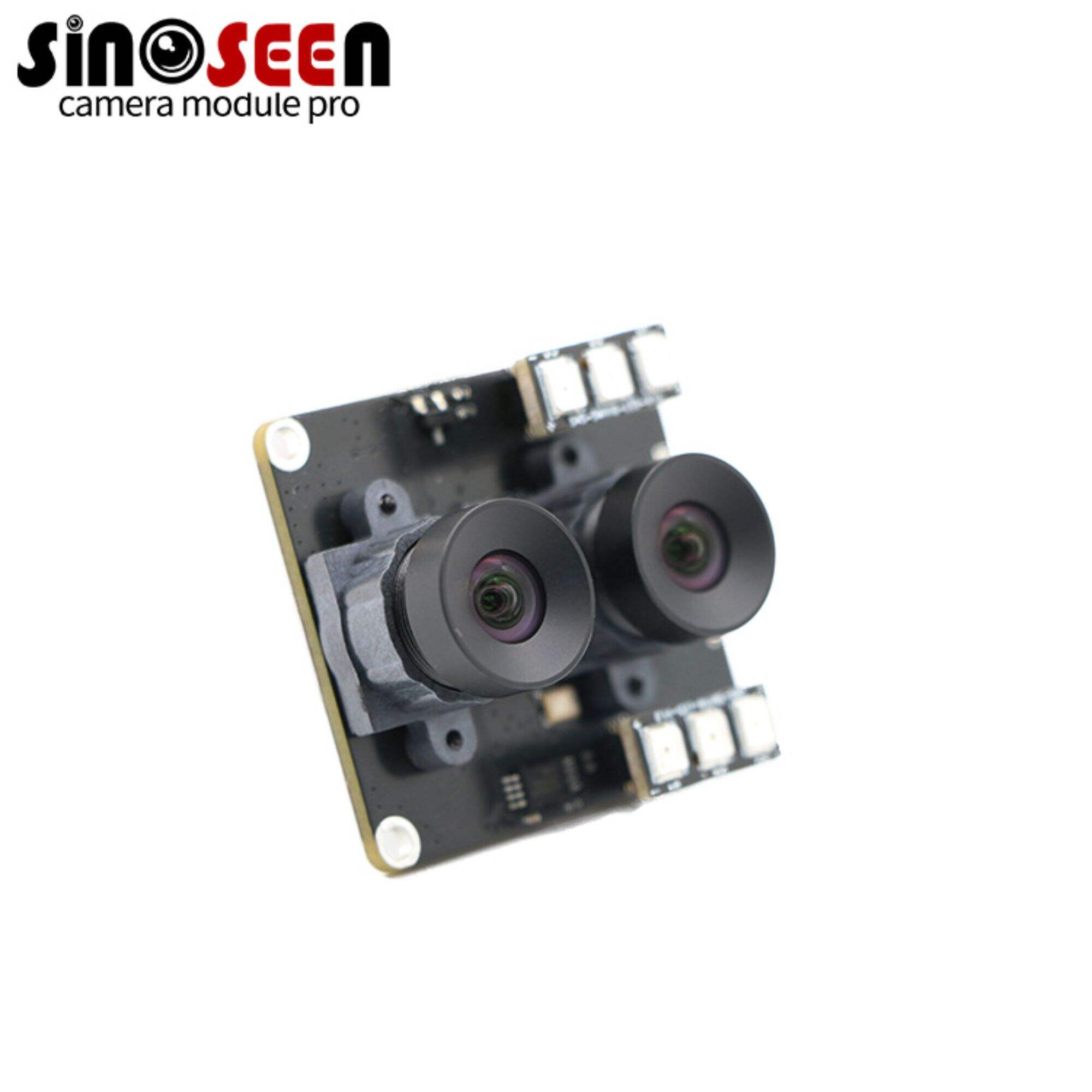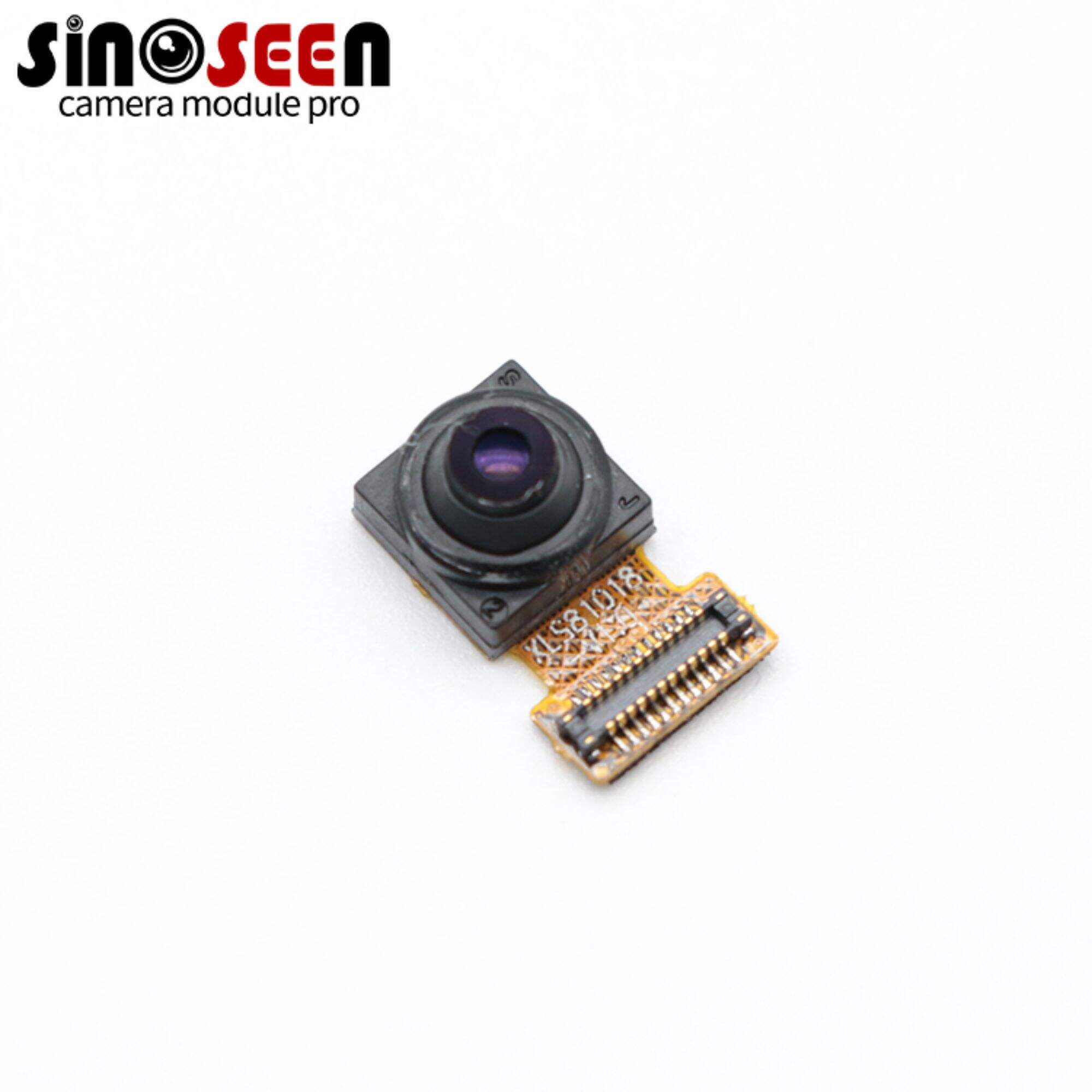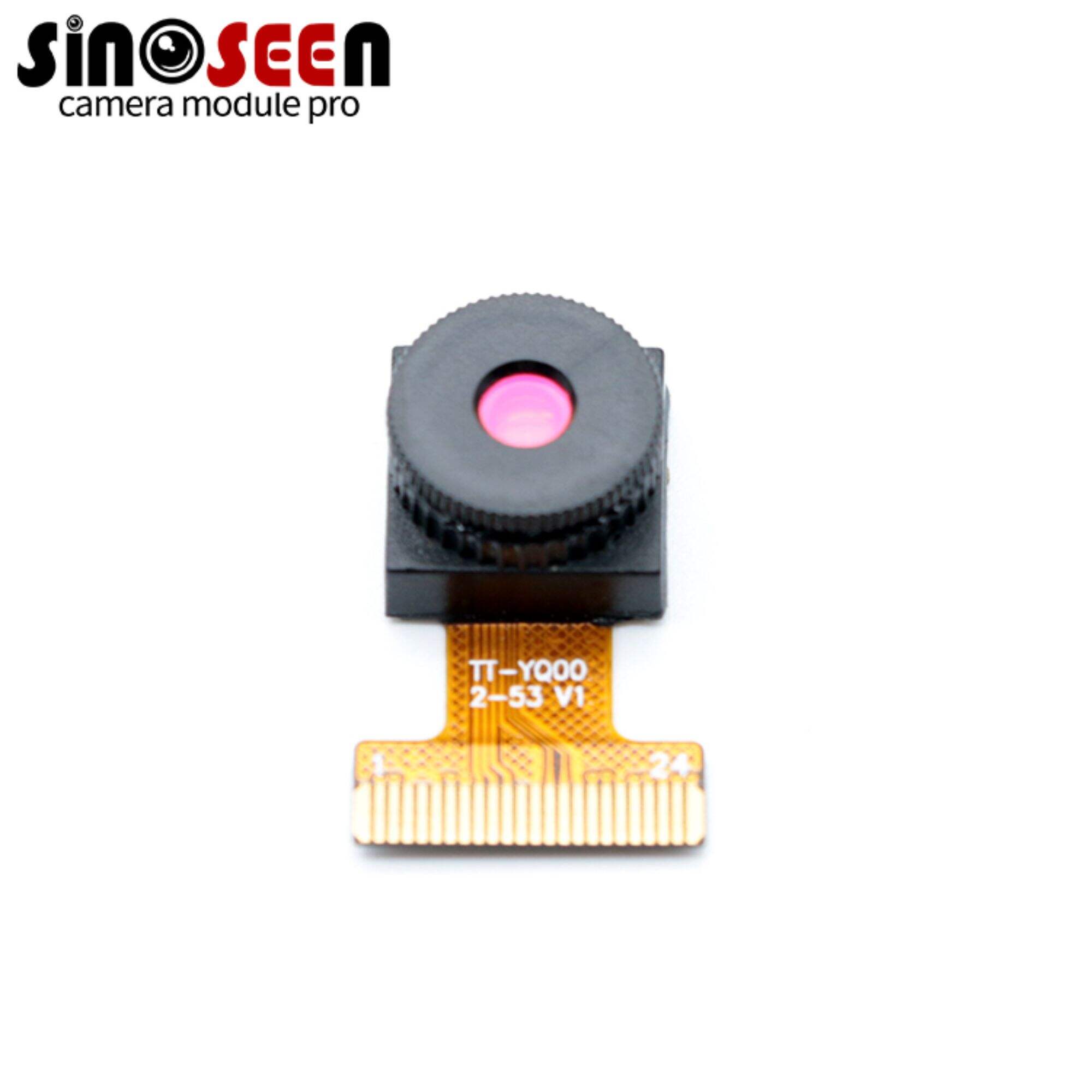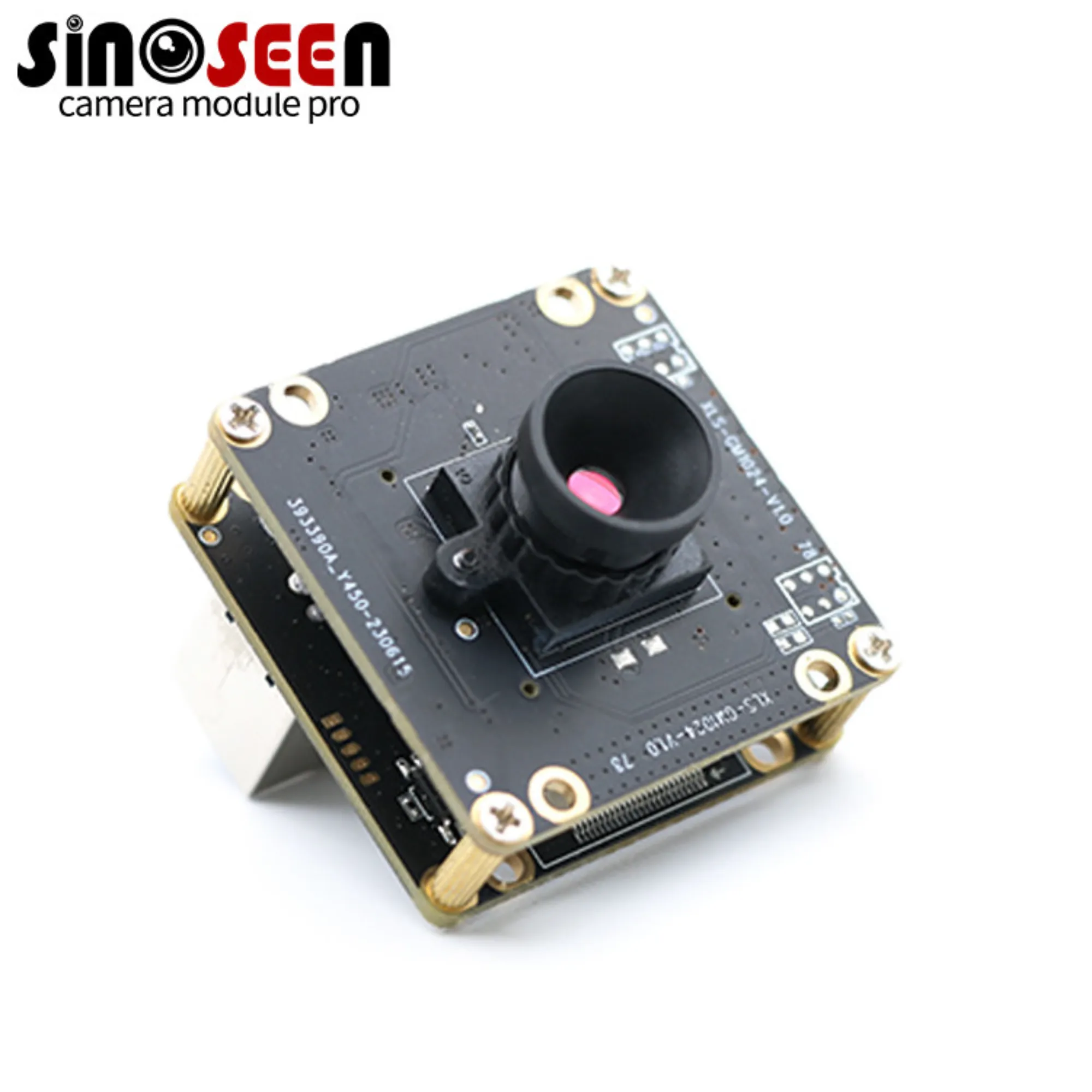What Are the Key Uses of IR Camera Modules in Security Systems?
Security systems rely on clear, reliable monitoring to protect homes, businesses, and public spaces. In low-light or completely dark environments, traditional cameras often fail to capture usable footage, leaving critical gaps in security. This is where IR camera modules play a vital role. IR camera modules, short for infrared camera modules, use infrared technology to capture images in the absence of visible light, ensuring continuous surveillance day and night. Their ability to function in challenging lighting conditions makes them a cornerstone of modern security systems. This guide explores the key uses of IR camera modules in security systems, explaining how they enhance safety, reliability, and coverage.
What Are IR Camera Modules?
IR camera modules are specialized components integrated into security cameras to enable imaging in low-light or no-light environments. They work by detecting infrared radiation—light with wavelengths longer than visible light, which is invisible to the human eye but emitted by all objects that generate heat.
There are two main types of IR camera modules:
- Active IR Camera Modules: These include built-in infrared LEDs (light-emitting diodes) that emit infrared light. This light illuminates the scene, and the camera’s sensor captures the reflected infrared radiation to form an image.
- Passive IR Camera Modules: These do not emit light but instead detect the infrared radiation naturally emitted by objects (like humans, animals, or machinery). They are often used in thermal imaging, which shows heat patterns rather than detailed visuals.
In security systems, active IR camera modules are more common, as they provide clear, detailed images in darkness by actively illuminating the area. Both types, however, ensure that security cameras can operate 24/7, regardless of lighting conditions.
Key Uses of IR Camera Modules in Security Systems
IR camera modules address critical limitations of traditional security cameras, making them indispensable in various security applications. Here are their primary uses:
1. Nighttime and Low-Light Surveillance
The most common and essential use of IR camera modules in security systems is enabling surveillance during nighttime or low-light conditions.
- How It Works: In darkness, traditional cameras rely on visible light, which is scarce. IR camera modules (active types) activate their infrared LEDs, emitting light that is invisible to humans but detected by the camera’s sensor. This allows the camera to capture clear, monochromatic (usually black-and-white) images of people, vehicles, or objects in the dark.
-
Applications:
- Residential Security: Protecting homes from break-ins during nighttime, when most burglaries occur. IR camera modules ensure driveways, yards, and entry points are monitored even at 2 AM.
- Commercial Properties: Securing parking lots, warehouses, or outdoor storage areas after business hours. They capture intruders or suspicious activity that would go unnoticed by traditional cameras.
- Public Spaces: Monitoring parks, streets, or transit stations during evening and early morning hours, helping law enforcement respond to incidents like vandalism or theft.
Without IR camera modules, security systems would have blind spots during the night, leaving properties vulnerable to threats.
2. Weather-Resilient Monitoring
Outdoor security cameras face challenges from harsh weather conditions like fog, rain, or snow, which scatter visible light and blur images. IR camera modules improve visibility in these conditions.
- How It Works: Infrared light is less affected by fog, rain, or snow than visible light. IR camera modules emit or detect infrared radiation that penetrates these weather barriers more effectively, resulting in clearer images.
-
Applications:
- Outdoor Perimeters: Securing factory fences, airport boundaries, or construction sites where rain or fog could otherwise obscure visibility.
- Parking Garages: Monitoring multi-level parking structures, which are often dimly lit and prone to moisture, ensuring cars and pedestrians are visible even in misty conditions.
- Coastal or Industrial Areas: Withstanding high humidity or salt spray, common in coastal regions or industrial zones, while maintaining image quality.
By cutting through weather-related interference, IR camera modules ensure security systems remain reliable regardless of environmental conditions.
3. Intrusion Detection and Alarm Integration
IR camera modules enhance intrusion detection by enabling accurate motion sensing and triggering alarms based on clear visual evidence.
- How It Works: Many security systems pair IR camera modules with motion sensors. When the camera (via its IR module) detects movement in a restricted area (e.g., a backyard or warehouse aisle) during low light, it sends a signal to the alarm system. The clear IR footage confirms whether the motion is from a human, animal, or false trigger (like a blowing branch).
-
Applications:
- Perimeter Security: Detecting intruders climbing fences or entering restricted zones after dark. The IR footage provides visual proof, helping security teams respond appropriately.
- Residential Alarms: Reducing false alarms by allowing homeowners or monitoring centers to view IR footage before dispatching authorities. For example, distinguishing between a raccoon and a burglar.
- Industrial Facilities: Protecting sensitive areas like server rooms or equipment yards, where unauthorized access after hours could cause theft or damage.
This integration of IR camera modules with alarms improves response times and reduces unnecessary disruptions from false alerts.
4. Facial Recognition and Identification in Low Light
Modern security systems often include facial recognition for identifying known threats or authorized personnel. IR camera modules enable this technology to work in low-light conditions.
- How It Works: Facial recognition relies on clear details like facial contours, eye shape, and jawlines. In darkness, traditional cameras fail to capture these details, but IR camera modules illuminate the face with infrared light, preserving critical features. The camera’s sensor converts the infrared reflection into a usable image for the recognition software.
-
Applications:
- Access Control: Allowing secure entry to buildings after hours. Employees or residents can be identified via facial recognition using IR-lit footage, even in dimly lit lobbies.
- Law Enforcement: Identifying suspects captured on camera during nighttime incidents, such as robberies or vandalism, by matching IR-captured facial features to databases.
- Retail Security: Spotting known shoplifters in stores during evening hours, where lighting is often reduced to save energy.
IR camera modules ensure facial recognition systems remain effective around the clock, enhancing security through accurate identification.
5. Covert Surveillance
In some security scenarios, visible cameras or bright lights may alert intruders to surveillance, defeating the purpose. IR camera modules enable covert monitoring.
- How It Works: Active IR camera modules use infrared LEDs that emit light invisible to the human eye. This means the camera can monitor an area without visible illumination, keeping the surveillance discreet. Passive IR modules, which detect natural heat signatures, are even more covert as they emit no light at all.
-
Applications:
- Undercover Operations: Law enforcement using hidden cameras to monitor illegal activities in dark locations, such as unlit alleys or warehouses, without alerting suspects.
- Residential Discreet Monitoring: Protecting homes with cameras that do not emit bright lights, avoiding disturbance to neighbors or drawing attention to the security system.
- Retail Loss Prevention: Monitoring stockrooms or high-value display areas with hidden IR cameras that operate in low light, catching shoplifters off guard.
Covert surveillance with IR camera modules ensures threats are captured without warning, increasing the chances of identifying and prosecuting offenders.
6. Long-Distance Monitoring
Security systems for large properties—like airports, industrial parks, or campuses—require cameras that can monitor long distances, even at night. IR camera modules enable this by extending visibility range in low light.
- How It Works: High-power IR camera modules have stronger infrared LEDs or more sensitive sensors, allowing them to illuminate and capture images of objects hundreds of meters away. The infrared light travels farther than visible light in darkness, ensuring distant objects remain visible.
-
Applications:
- Airport Security: Monitoring runways, parking lots, or perimeter fences from long distances, ensuring no unauthorized access during nighttime.
- Industrial Parks: Keeping watch over large factory grounds, storage yards, or pipelines, detecting trespassers or equipment tampering from afar.
- Campuses or Resorts: Covering expansive areas like university quads, golf courses, or resort grounds, ensuring all corners are monitored after dark.
Long-distance IR monitoring reduces the number of cameras needed to cover large spaces, lowering installation and maintenance costs.
7. Temperature Anomaly Detection (Thermal IR Modules)
While less common in basic security systems, thermal IR camera modules (a type of passive IR) detect heat signatures, enabling temperature-based security applications.
- How It Works: Thermal IR modules capture the heat emitted by objects, creating images where warmer areas appear brighter. This allows them to detect unusual heat patterns that may indicate threats.
-
Applications:
- Fire Detection: Identifying early signs of fire in dark or remote areas (e.g., warehouses, forests) by detecting abnormal heat spikes before flames are visible.
- Intruder Differentiation: Distinguishing between humans (warm-blooded, consistent heat signatures) and inanimate objects, reducing false alarms from animals or debris.
- Industrial Safety: Monitoring equipment in factories during nighttime shifts for overheating, which could indicate malfunction or fire risk.
Thermal IR camera modules add an extra layer of security by detecting threats based on heat, complementing visual surveillance.
Key Advantages of IR Camera Modules in Security Systems
IR camera modules offer several benefits that make them essential for modern security:
- 24/7 Surveillance: They eliminate nighttime blind spots, ensuring continuous monitoring regardless of lighting.
- Cost-Effective: Compared to installing bright outdoor lights, IR camera modules provide nighttime visibility without high energy costs.
- Reliability: They perform in harsh weather and low light, reducing downtime in security coverage.
- Accuracy: Clear images enable better identification of people, vehicles, or incidents, supporting law enforcement and investigations.
- Discreet Operation: Invisible infrared light avoids disturbing residents, customers, or wildlife while maintaining security.
Factors to Consider When Choosing IR Camera Modules for Security Systems
To maximize effectiveness, consider these factors when selecting IR camera modules:
- IR Range: Choose modules with a range matching your needs (e.g., 10m for home use, 100m+ for large properties).
- LED Quality: High-quality infrared LEDs last longer and provide more consistent illumination.
- Sensor Sensitivity: A sensitive sensor captures clearer images in extremely low light.
- Weather Resistance: For outdoor use, ensure modules are waterproof and dustproof (rated IP66 or higher).
- Integration: Verify compatibility with your security system’s software, alarms, or facial recognition tools.
FAQ
How far can IR camera modules see in the dark?
Range depends on the module’s power: basic modules cover 10–30 meters, while high-power ones reach 100+ meters. The number and strength of infrared LEDs determine this range.
Do IR camera modules work in complete darkness?
Yes. Active IR modules use their own infrared LEDs to illuminate the scene, capturing images even when there is no visible light at all.
Will IR camera footage be in color or black-and-white?
Most active IR camera modules produce black-and-white footage in darkness because infrared light is not color-sensitive. Some advanced models switch to color in low light and black-and-white in full darkness.
Can IR camera modules be used outdoors?
Yes, but choose weather-resistant models (IP66/IP67 rating) to withstand rain, dust, and temperature extremes. Outdoor modules often have stronger IR LEDs for longer ranges.
Do IR camera modules consume a lot of energy?
No, they are energy-efficient. Infrared LEDs use minimal power compared to bright visible lights, making them cost-effective for 24/7 use.
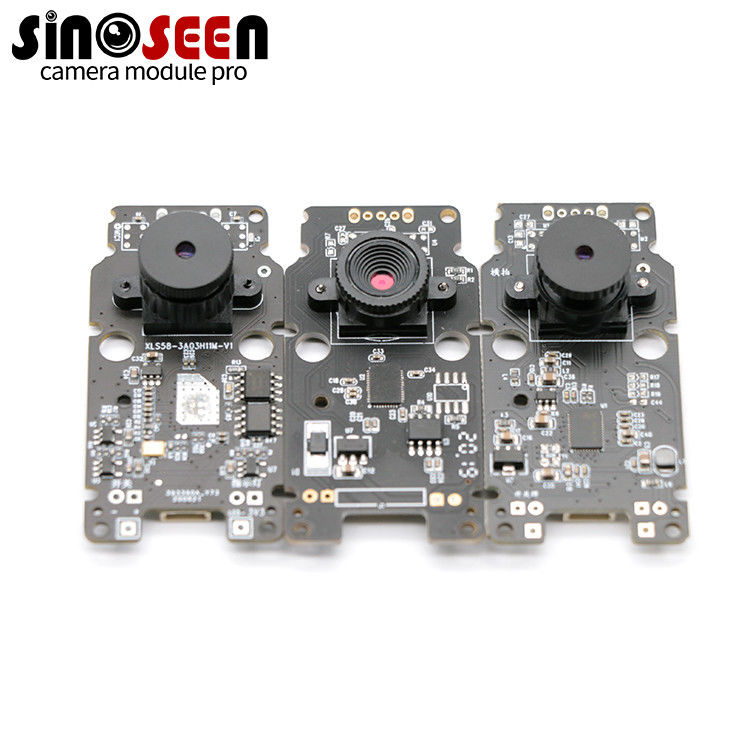

 EN
EN
 AR
AR
 DA
DA
 NL
NL
 FI
FI
 FR
FR
 DE
DE
 EL
EL
 HI
HI
 IT
IT
 JA
JA
 KO
KO
 NO
NO
 PL
PL
 PT
PT
 RO
RO
 RU
RU
 ES
ES
 SV
SV
 TL
TL
 IW
IW
 ID
ID
 SR
SR
 VI
VI
 HU
HU
 TH
TH
 TR
TR
 FA
FA
 MS
MS
 IS
IS
 AZ
AZ
 UR
UR
 BN
BN
 HA
HA
 LO
LO
 MR
MR
 MN
MN
 PA
PA
 MY
MY
 SD
SD

